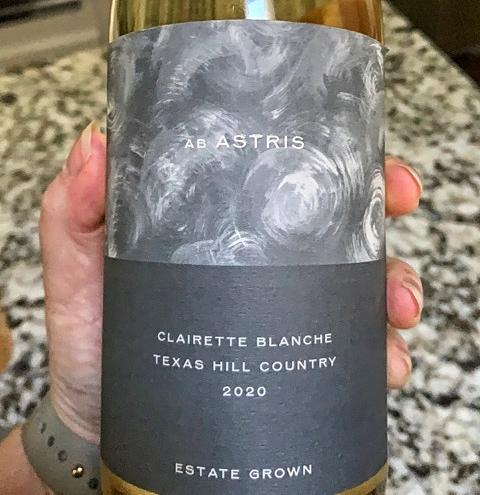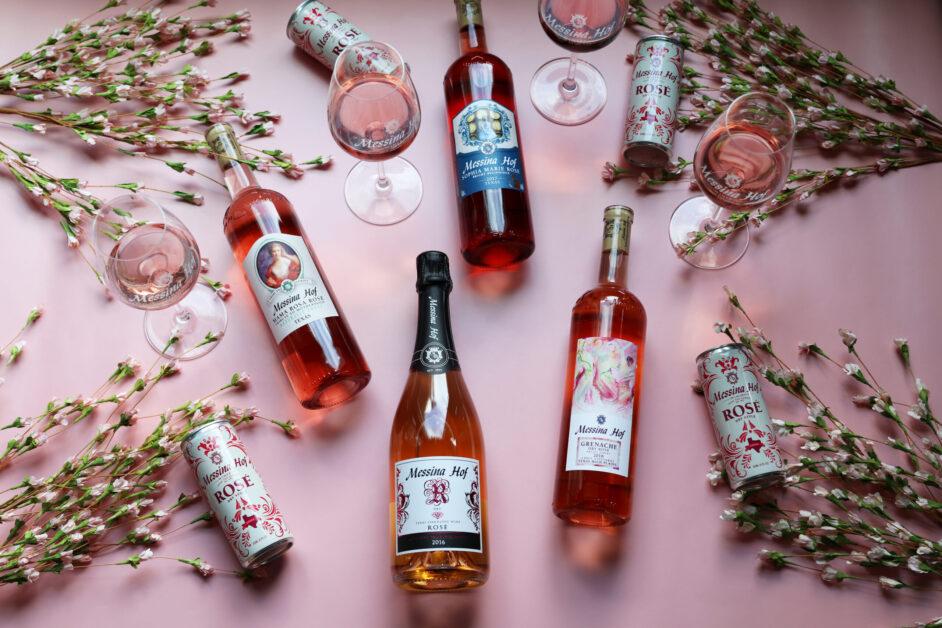
It is fascinating with the number of similar-looking wine terms from Europe and around the world. Some look similar but refer to very different wines, and some look similar but have very different pronunciations. Even in Texas we find these often confusing issue. Let’s start with the term “Claret”.
What is a Claret?
If you’ve been anywhere around Texas wines for the past 15 years or so, either at the winery or in just about any major supermarket you’ve seen Becker Vineyards “Claret – Le Trois Dames”. For many years, this was my “gateway” Texas wine for people that ask me for a suggestion and wanted something they could easily find locally. More recently, Spicewood Vineyards has a wine called “Cabernet Claret”. In both cases, these wines appear to be Cabernet-driven red blend.

Now the term, Claret (pronounced “Clar-et”) is widely used term meaning, in most countries other than England and not in the the United State either, it is a light-bodied red wine. In the United States, Claret can mean any red table wine, whatever its origin, character or type. In France, the word Claret has no meaning or legal status, nor has “Clarete” in Spain. In England, however, the word traditionally refers to a red Bordeaux-styled wine.
I believe that is the wines I mentioned above, the wineries’ intentions were to convey the British interpretation of a Bordeaux-styled wine, but perhaps one of medium body. At one time, Becker Vineyards Claret highlighted on its label that it contained grapes from the five Bordeaux red varieties: Cabernet Sauvignon, Merlot, Cabernet Franc an Malbec and Petit Verdot. Spicewood Vineyards simply proclaims that the red blend in their Cabernet Claret is a “secret”, but it also yields a medium-bodied Boudreaux-styled wine experience.
What is a Clairette?
I first came across is wine term in Texas a year or two ago in a Hill Country on a visit to Ab Astris Winery when I was offered a taste of their Estate Clairette Blanche.
Clairette (pronounced “Clair-et”), it is a white-wine grape, widely grown in southern France, that produces wines, low in acid and meant to be enjoyed young. It is one of the varieties allowed for white Côtes-du-Rhône and sometimes found in red Chateauneuf-du-Pape, and it can also be found in wines from the Languedoc-Roussillon region in southwestern France. The variety is also cultivated in South Africa, where it is known as Clairette Blanche.

The Ab Astris Estate Clairette Blanche is pleasant with a lingering presence on the palate, The 2021 vintage that I tried was medium bodied with good acidity, chalky minerally notes with some lime zest and honey dew melon on the palate.
What is Clairet?
Clairet (pronounced “Cleh-ray”) is an old French term, from which the English word claret is derived. It was applied centuries ago to the then rather light-bodied and colored red wine of Bordeaux. The terms has been revived recently as the name given to certain vinified light-red Bordeaux wine. The color is light red and its tannin light and made to drink young. Clairet wine resemble full-bodied rosés, although deeper in color, somewhat like an Italian Rosado or Spanish Rosado. They are usually served cool, and may be agreeable or even quite good in warmer weather.
The notable Texas wines made in this style are two that I have tasted. These include: ´2020 Charmaine Wine Montepulciano Rose´, and 2021-2022 Kiepersol Estate Winery’s Rosés and Messina Hof Winery’s Sophia Marie Rosé. These also gave inviting rich color and red berry nuances.

This style reminds me of are what is referred to as Saignée (pronounced “sohn-yay”) Rosés. The term refers to the method of rosé winemaking that is byproduct of red winemaking using fully ripened red grapes. It involves “bleeding” off a portion of red wine’s often free-run juice after it’s been in contact with the skins and seeds. Saignée rosés are bolder and darker in red color than many other rosé wines. The bleeding of the Saigneé juice generally leads to more intense and fuller-bodied red wines.
Be the first to comment